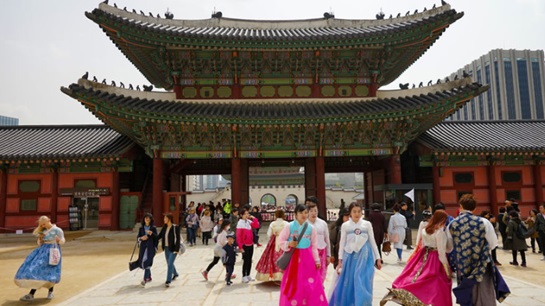South Korea: Business focus and rising interest rates to help Hanwha Life maintain profits – Asia Insurance Review

Hanwha Life Insurance (HWL), South Korea’s second largest life insurer, is expected to maintain near-term operating profitability given its business focus and the upward trend in interest rates, says Fitch Ratings.
Steady mortality gains and improving profit from the expense margin enabled HWL to widen its net income by 150% to KRW411bn ($335m) in 2021. The company’s new business value (NBV) margin improved in 2021, due to its focus on the sale of higher-margin protection-type insurance policies, while pre-tax return on assets averaged at 0.3% in the three years to 2021.
Ratings
Fitch has affirmed HWL’s Insurer Financial Strength (IFS) Rating at ‘A’ and Long-Term Issuer Default Rating (IDR) at ‘A-‘. The outlook is ‘Stable’. Fitch has also affirmed the rating of HWL’s $1bn subordinated hybrid securities due 2048, which may be extended, at ‘BBB+’.
Fitch says that the ratings reflect HWL’s stable operating performance, ‘Favourable’ company profile and proactive asset-liability management as well as Fitch’s belief that HWL has an adequate capital buffer to withstand asset risk and continue new business growth amid the upward move in interest rates.
Capitalisation
The global credit rating agency said, “We regard HWL’s capitalisation to be ‘Strong’, especially in the environment of rising interest rates. Higher interest rates will reduce HWL’s insurance liabilities, leading to an improvement in the insurer’s capital buffer. We expect these trends will be better reflected in the company’s financial statements prepared in accordance with the IFRS 17 accounting standard in the future.
“Furthermore, HWL issued $750m in subordinated debt in January 2022 to strengthen its capital adequacy. We estimate that HWL’s capital score, as measured by the Fitch Prism Model, would not fall under the ‘Strong’ category at end-2021 if the impact of interest rate hikes on its capital position and liabilities is considered.”
Korea’s accounting standards require life insurers to value insurance liabilities at historical cost, while financial assets – which are classified at fair value through profit or loss – and available-for-sale instruments are determined based on market value. The company reported a drop in shareholders’ equity during the year due to losses associated with available-for-sale fixed-income securities stemming from the interest-rate hikes.
The company’s financial leverage on a consolidated basis would have risen to about 27% at end-3Q21 on a pro forma basis after the issuance of subordinated debts, which is within the guideline for IFS ‘A’ rated insurers. HWL’s consolidated financial leverage stood at 19% at end-2020.
HWL’s risky-asset ratio reached 214% in 3Q21, up from 163% at end-2020. This stemmed from a higher allocation to stocks and equity-related investments, including beneficiary certificates, coupled with a fall in shareholders’ equity amid available-for-sale securities losses. Fitch believes the risky asset ratio would be lower if HWL’s insurance liabilities were not valued at cost.
Profile
Fitch ranks HWL’s company profile as ‘Favourable’ as a result of a ‘Favourable’ business profile and ‘Moderate/Favourable’ corporate governance, compared with that of other domestic life insurers. HWL has a solid business franchise, extensive distribution network, large operating scale and long operating record in the domestic life insurance market. It had about 13% market share by assets over the last two years.
Fitch says that HWL continued to adopt a proactive approach in reducing the costs associated with the negative-spread burden. It has attempted to narrow the duration mismatch gap between assets and liabilities and has put a greater emphasis on the distribution of protection-type policies while readily altering its policy crediting rates in response to changing interest rates.






